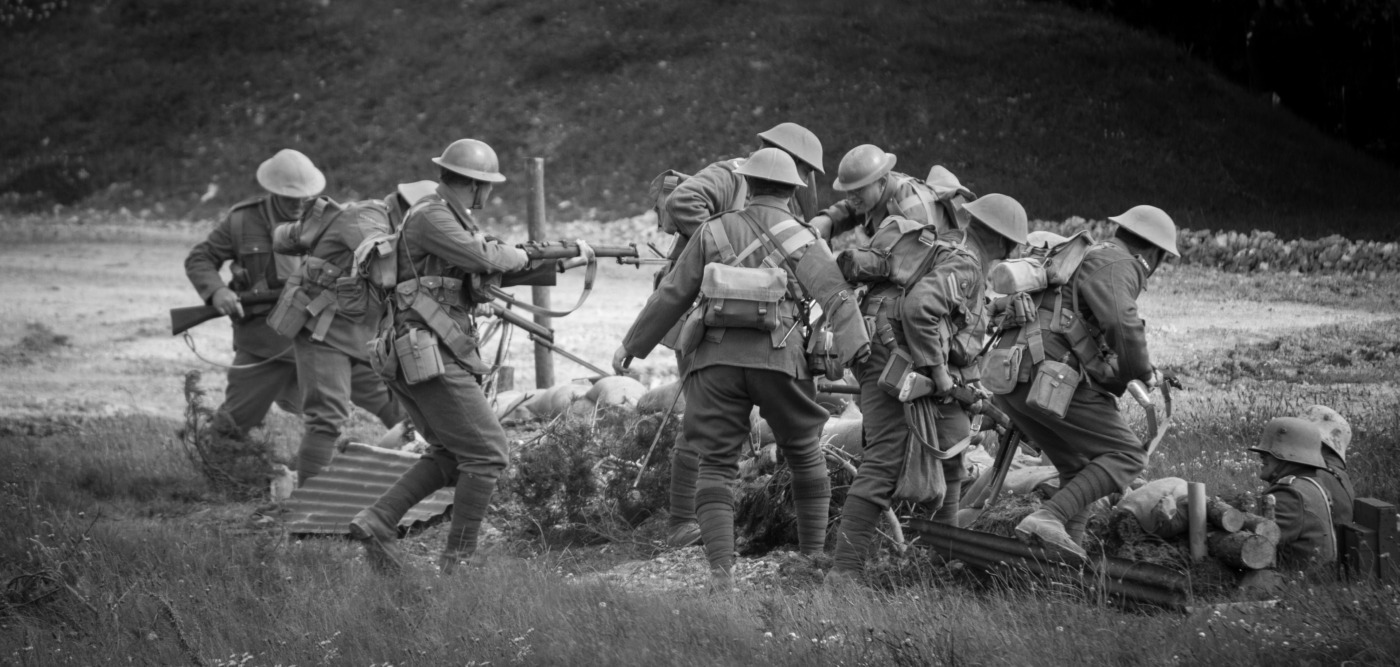‘1917’ is a technically-stunning cinematic experience
So, remember Spectre? I’m guessing that, on the whole, you don’t, it’s not a very memorable entry to the Bond franchise, and not very good either. But you might just remember the opening scene, a single long take set during a Day of the Dead festival in Mexico City which, to the film’s credit, was beautifully done. Well, it turns out that that was just a teaser for Sam Mendes’ next feature film, 1917, a WWI drama that employs the same ‘One Shot’ approach for its whole narrative (similar to Alejandro González Iñárritu’s 2014 feature Birdman).
This technique, whilst impressive, is not without its risks; lack of editing may result in a slower pace or excess filler as characters walk from place to place, or many shots looking similar in terms of scale and closeness. All of which, however, writer and director Sam Mendes, cinematographer Rodger Deakins, and co-writer Krysty Wilson-Cairns have managed to circumvent. 1917, whilst perhaps not a perfect film, is a perfect film experience; it’s stunningly shot, superbly acted, and creates such a strong suspenseful presence through a masterful use of tone.
The filmmakers use very subtle editing, strategic blocking, and a plot-allocated time jump to create the appearance of the film taking place in one stretch of time, which certainly pays off
Taking place in Northern France during the titular year, 1917 (literally) follows two young low-ranking officers in British Army (played by George McKay and Dean-Charles Chapman), who are sent across enemy lines in order to warn a nearby battalion of an awaiting trap. On the way, they come across German traps, sniper fire, a cacophony of well-known British actors, and the harsh environment of No Man’s Land in order to save the lives of almost 1600 men.
Okay, let’s talk about the obvious first; the film’s use of a continuous shot. Well, not fully continuous, the filmmakers use very subtle editing, strategic blocking, and a plot-allocated time jump to create the appearance of the film taking place in one stretch of time, which certainly pays off. There’s no clear moment of interruption or a moment of uncanny valley where the editing becomes obvious. But the most effective element of this technique is the creation of tone. In creating clear suspenseful moments that are littered with WWI iconography that cannot help but evoke an emotive response, even the smallest scenes of one character moving across a forest clearing become tense and captivating, with no time lost.
1917, whilst perhaps not a perfect film, is a perfect film experience
Deakins’ work as cinematographer really shines here. The Oscar-winner (who previously collaborated with Mendes on Skyfall) lines up some genuinely jaw-dropping images that take full advantage of the film’s setting. The narrative may just be characters getting from A to B, but the creative team are taking full advantage of all the stops along the way. Burning ruins of a city, sections of both English and German trenches, and entire stretches of forest, field, and farmyard stand out against the characters’ military uniforms, taking in the environment whilst never losing the characters at the heart of the story. The visuals and environments of the film are likely to stay with you long after you leave the cinema. And, in a sense, that’s really all it needs to make for a strong film. It’s hardly filled with themes or substantive ideas, but the technical strength and strong visuals are more than enough to keep you engaged here.
On top of that, the acting in the film is overwhelmingly excellent. Whilst the characters aren’t exactly what you’d call ‘complex’ or really that original (they’re same WWI archetypes you find in most pieces of art in the genre), all the actors are instead playing the locations, the actions, and the emotions of the film. Difficult situations arise, both physically and emotionally, and seeing characters going through any of them, let alone all of them, cannot help but keep you rooting for them – or, at the very least, hoping they get through it all to be able to sit down again. McKay (who you may know from Pride or Captain Fantastic) is probably the stand-out star here, but Chapman delivers a really earnest performance, and all the supporting cast (Richard Madden especially) are universally good.
The cinematic experience it creates keeps the stakes and experiences front and centre, delivered with skill and expertise
All in all, 1917 is definitely a movie that you’ll want to see. But you’ll want to see it once, and preferably in high definition. The cinematic experience it creates keeps the stakes and experiences front and centre, delivered with skill and expertise, but the results probably wouldn’t be the same watching it on your laptop or phone. I’m not saying that’s a bad thing though, as the film is completely engaging and visually stunning, and definitely worth the price of admission. See it once, enjoy it for what it is, and leave enjoying the experience.

Comments